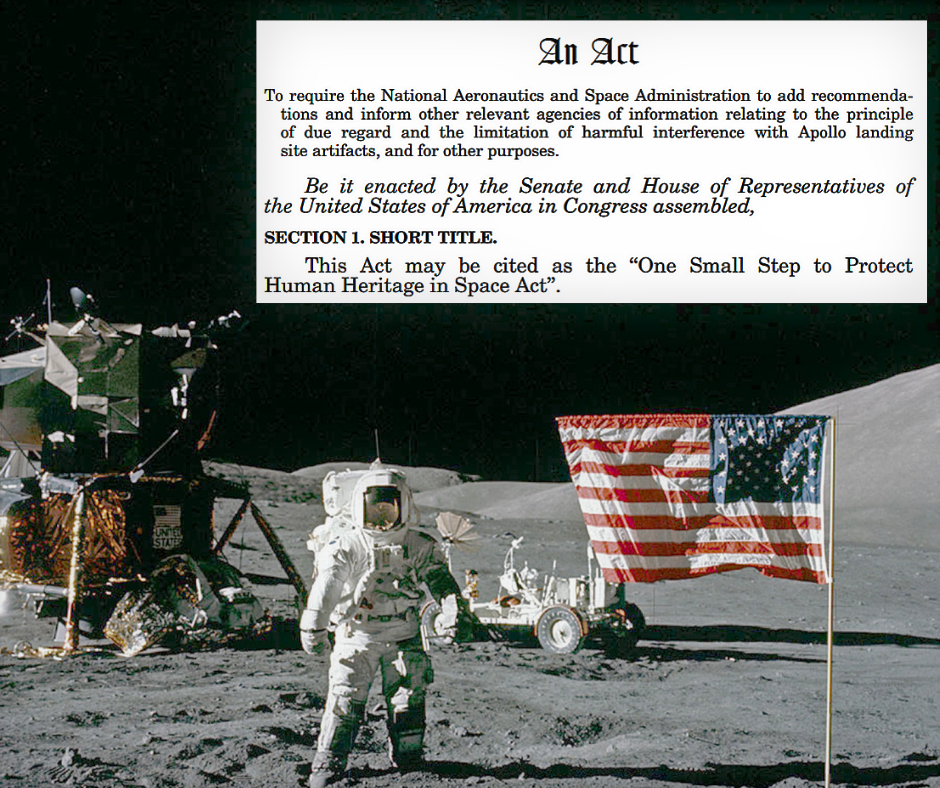Shouldn’t Art and Antiquities Sellers Be Subject to Anti-Money Laundering/Counter-Terrorist Financing Laws?
 Dealers and auction houses sell art and antiquities that include high value works worth thousands or millions of dollars. At least one auction house issues loans, according to a report by Bloomberg titled An Auction House Learns the Art of Shadow Banking.
Dealers and auction houses sell art and antiquities that include high value works worth thousands or millions of dollars. At least one auction house issues loans, according to a report by Bloomberg titled An Auction House Learns the Art of Shadow Banking.
But while art and antiquities sellers are required to file Form 8300like any other business that accepts a $10,000+ cash payment from a client or customer, they are not subject to the same rigid requirements of anti-money laundering/counter-terrorist financing laws like the Bank Secrecy Act, the Foreign Assets Control Regulations, the Financial Record Keeping and Reporting of Currency and Foreign Transactions law, and the USA PATRIOT Act.
Yet dealers in precious metals, stones, or jewels; sellers of automobile, planes, and boats; real estate professionals; pawnbrokers; travel agencies; and casinos are all regulated the same way that banks, credit unions, securities and commodities brokers, and credit card systems are. Federal law classifies these industries as “financial institutions” under 31 U.S.C. § 5312 and 31 CFR 1010.100(t). Noticeably absent from this list, however, are businesses operating in the cultural property marketplace.
Dealers and auction houses in this marketplace clearly have what the Bank Secrecy Act is looking for, namely “certain reports or records where they have a high degree of usefulness in criminal, tax, or regulatory investigations or proceedings, or in the conduct of intelligence or counterintelligence activities, including analysis, to protect against international terrorism.” 31 U.S. Code § 5311. That is why federal law should require art and antiquities sellers to file Suspicious Activity Reports with the Financial Crimes Enforcement Network (FinCEN).
It’s time for the Secretary of the Treasury, under authority of 31 U.S.C. § 5312(a)(2)(Z),to designate art and antiquities dealers and auction houses as businesses “whose cash transactions have a high degree of usefulness in criminal, tax, or regulatory matters,” and therefore subject to the anti-money laundering/ counter-terrorist financing requirements of federal law. This is one of six law enforcement recommendations CHL has proposed to combat transnational cultural heritage trafficking.
Photo credit: Manuel De La Pena / freeimages.com
Text and original photos copyrighted by Cultural Heritage Lawyer, a blog commenting on matters of cultural property law, art law, cultural heritage policy, antiquities trafficking, and museum risk management. Blog url: culturalheritagelawyer.blogspot.com. Any unauthorized reproduction or retransmission of any blog post without the express written consent of CHL is prohibited. CHL is a service of Red Arch Cultural Heritage Law & Policy Research, Inc.


